Trilogy Writing Tips
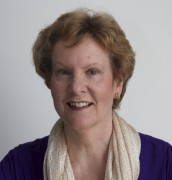
Alison Morton
Alison Morton shares her Trilogy Writing Tips with us!
This June, the third book in my Roma Nova thriller series, SUCCESSIO, is out in the world. But as I raise a glass of bubbly with friends, fans and fellow writers to celebrate, I can’t help but smile.
When I started my first novel, INCEPTIO, I had no idea what I was doing – writing it was an impulse, a reaction to a dire film and thinking I could produce something better. But not even halfway through the first draft, I realized I had a far bigger story than I’d anticipated. So I did the classic thing – it was going to be a trilogy.
While I was scribbling book 1, my focus shifted to planning book 2, which was going to be the pivot for books 1 and 3. Some trilogies develop from book 1 and the original story can widen out into an impossible sprawl in order to make each book more exciting than the previous one. Not for me!
Although I saw it differently at the time, the eighteen months of rejections of book 1 gave me an invaluable period in which to plan, draft and hone the whole trilogy. I blush at what INCEPTIO would have been like without that maturation.
So what did I learn and what are my tips to pass on to other writers?
1. Work out the entire plot in advance.
All three of my books are set in an imaginary country, Roma Nova, and follow the adventures of the same heroine, from when she (and the reader!) discovers Roma Nova to sixteen years later. And, of course, she will save the world and hopefully herself. But that’s too vague. Each book needs its own story, but one which contributes to the plot arc of the trilogy.
Crudely speaking, apart from the individual thriller story, book 1 sets the scene, introduces the world, the ‘rules’ of that world and the main characters. Book 2 consolidates, widens and sets the ground for the final reckoning in book 3. However, each book must stand on its own as a complete story.
A reader may pick up book 2 first and while they may be eager to find out what went before and what happened afterwards, they must have a satisfying read from the book they bought. Writers need to drip in enough backstory to bring the new reader up to speed without boring the established fan.
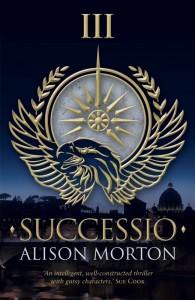
Successio, Novel by Alison Morton
2. Know your characters in advance.
Adding a raft of new characters in each book is tempting. I confess to a fair number of characters, but Roma Nova operates on collectivities like families, military, even criminal organisations.
Recycling characters in each book not only helps eliminate ‘character creep’, but is a pleasure for both writer and reader as we see each individual develop his or her own story. However, you do need new people now and again and however reluctantly, you should kill off one or two or you risk making your world too much like Shangri-La or Pleasantville.
3. Work out big secrets in advance and scatter little ones throughout all the books.
As a reader, I like a good, heavy surprise at the end of books, or at least a ‘twist in the tale’ and hints about this should pop up throughout the book. As a writer, I love laying ‘Easter eggs’ in one book that hatch in another. I was lucky that I was able to do this with INCEPTIO, PERFIDITAS and SUCCESSIO as I had all first drafts written before INCEPTIO finally went to print.
4. Intrigue by revelation over a longer stretch
With a trilogy, you have the advantage of being able to reveal backstory and other facets of your characters over a longer span. This needs to be done carefully and not be an excuse for padding. In an epic, saga or high concept story, we all love ‘deep lore from the past’, hidden family secrets or a forbidden passion. Timely revelations also strengthen the bonds between the books.
5. Practicalities
Your head may be stuffed with information about your setting, you may have notebooks or files full of research or you may just live in your books’ world. But you need to have consistent information to hand on the internal values and culture, governmental, societal and economic structures, geography, history, sources of income, education, food, religion and, of course language.
I don’t have a map, but I do know where Roma Nova is and that Castra Lucilla in to the south of the city and Aquae Caesaris and Brancadorum are to the west and east.
I maintain a list of characters for each book, remembering to update it in the next as characters change job, get promoted, married, or move on. Something I’ve found indispensable is a spreadsheet of ages, tracking who is what age when something happens and preventing character X being older that his mother.
The very worst thing? I’m speaking as a reader here. When something or somebody pops up like a deus ex machina in a sequel or directly contradicts something in a previous book and there has not been the least hint about it. Even if you as a writer think up the cleverest idea in the world, don’t do it! Star Trek fans will cringe at the memory of the controversy over the changed Klingon physical appearance. One character told the humans not to ask – it was a Klingon-only secret – and another said it was due to a terrible disease in the past. Hm.
The trilogy in evolution?
Well, SUCCESSIO, the third Roma Nova thriller, sets off into the world this month. But the books don’t end here – readers are clamouring for further Roma Nova stories and I have plenty more in my story box. So now I’ve turned the trilogy into the start of a series. I have at least three more planned around a significant secondary character and then, who knows?
—
Biographical notes – Alison Morton
Alison Morton writes Roman-themed alternate history thrillers with strong heroines. She holds a bachelor’s degree in French, German and Economics, a masters’ in history and lives in France with her husband.
A ‘Roman nut’ since age 11, she has visited sites throughout Europe including the alma mater, Rome. But it was the mosaics at Ampurias (Spain) that started her wondering what a modern Roman society would be like if run by women…
Both INCEPTIO, the first in the Roma Nova series, which was also shortlisted for the 2013 International Rubery Book Award, and PERFIDITAS, the second in series, have been honoured with the B.R.A.G. Medallion®, an award for independent fiction that rejects 90% of its applicants. Alison’s third book SUCCESSIO is being launched in June 2014.
Connect with Alison on her blog alison-morton.com/blog
Facebook author page AlisonMortonAuthor
Twitter @alison_morton
Goodreads Alison_Morton
To buy the trilogy:
INCEPTIO: click here
PERFIDITAS: click here
SUCCESSIO: click here
Category: By Current and Past Sponsors, Contemporary Women Writers, How To and Tips






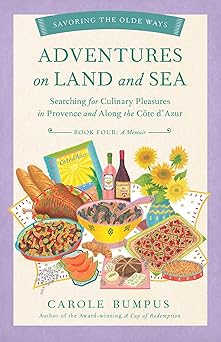
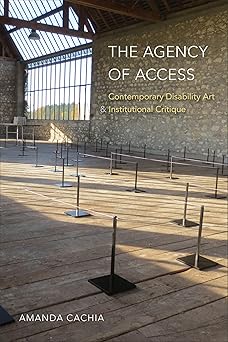
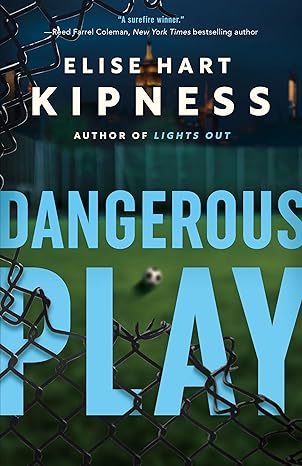
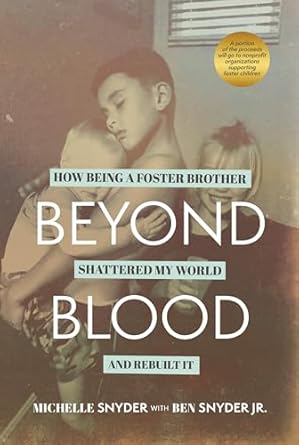
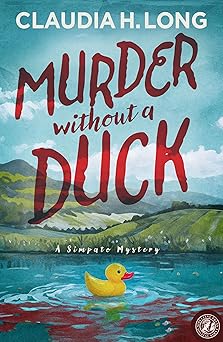
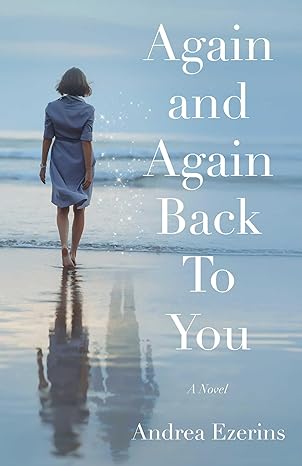
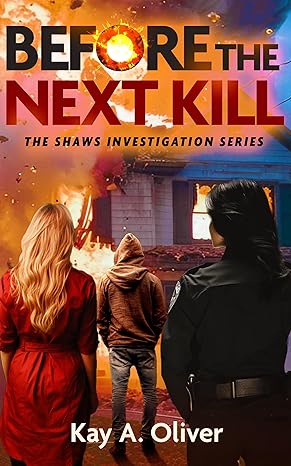
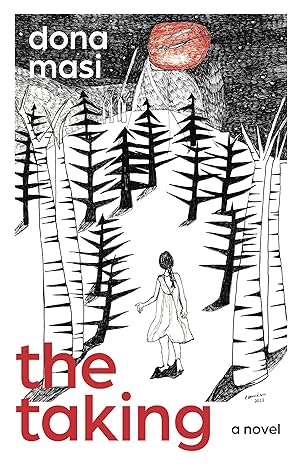
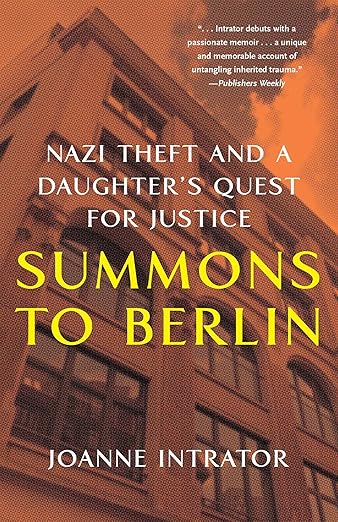
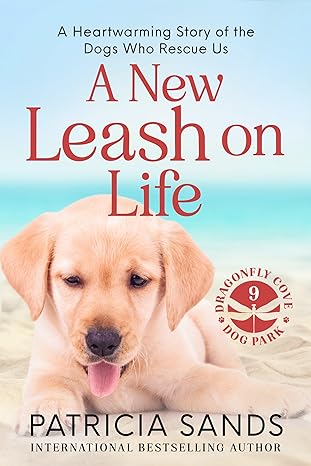

It’s interesting that you didn’t have a trilogy in mind when you began, Alison. I didn’t either, but found the crisis point too strong and too early for my book unless it was going to be tremendously long. Also, the time span divided nicely into approaching war, evacuation from war, and post-war.
I wonder if you will do a follow up illustrated book with maps as well as continuing the series?
I published a fourth book in the series in May called AURELIA. She was an important secondary character in the first three books as the heroine’s ‘wise’ grandmother. But as I wrote the first three books, I found Aurelia Mitela increasingly intriguing, so I knew I had to write her full story. She was a pivotal figure in the Great Rebellion, so I wanted to know more about her.
Of course, I had too much plot for one book, so it had to be a second trilogy! I call it a second cycle of books within the series. AURELIA (Book 4) is out and INSURRECTIO (Book 5) will be out in Spring 2016. I’m 6,000 words into Book 6…
An encouraging post – thank you Alison!
I have a question, if you don’t mind sharing your insight! When you sent out query letters for INCEPTIO, did you mention is was part of a series?
While researching query letter advice in preparation for shopping my first book, I’ve found most columns recommend NOT mentioning that it is part of a series, or at most, that it COULD be a series, but is solid as a standalone. I am interested in how you tackled this! Thanks!
Good question! Yes, I *did* mention that INCEPTIO was designed to be part of a trilogy; I don’t think I knew any better! Each of the books works as a standalone story, but of course, you have to get the agent to read the whole thing to confirm that.
A good tack might be to just add a quick sentence at the end of your book description along the lines of ‘because of the breadth of the story/setting/world-buiding/importance/cultural significance/high-concept (choose as appropriate), [book title] would make a solid start to a trilogy or even a series.’
It sews the idea in the recipient’s head without overdoing it. This is how I would approach it now if I were unpublished and submitting to agents.
As a self-published author about to launch book 4 in May, I would take an entirely different path, but that’s another story! Good luck.
I found this very interesting. I made the mistake of self-publishing my first book before realising that my characters had left me a number of ‘generous offers’ for generating more plot. People were asking me if I was going to write any more. I have now started on a sequel but am finding that I need to go back and add a bit of ‘foreghosting’ here and there to add links to the two books. I’ve no idea yet whether it will end up as a trilogy, but I’ve learnt the lesson of not being too hasty about getting anything published.
It’s a fine line, isn’t it, Jean? I wrote the second and part of the third whilst I was in my “rejection” period. And this was a very good thing. Good luck with your ‘fore ghosting’. I find it’s a lot of fun as well.
Good blogpost, Alison.
I’m writing a trilogy, but Books 1 & 2 started life as one book. And when I began sending it off to agents several said it felt as though I’d jammed two books into one. I was already writing what I thought was going to be the sequel, so instead, I separated the first book into two, and the sequel became Book 3 of a trilogy. Point to be made is, I had no idea I was going to end up with a trilogy. So I definitely didn’t have the whold thing worked out at the beginning. It just evolved. Which, of course, means I have to be even more careful, making sure everything dovetails. Working on that aspect at the moment!
Look forward to reading all three of them, Denise!
Found this really helpful. Thank you.
Very pleased to share what I found out. 😉